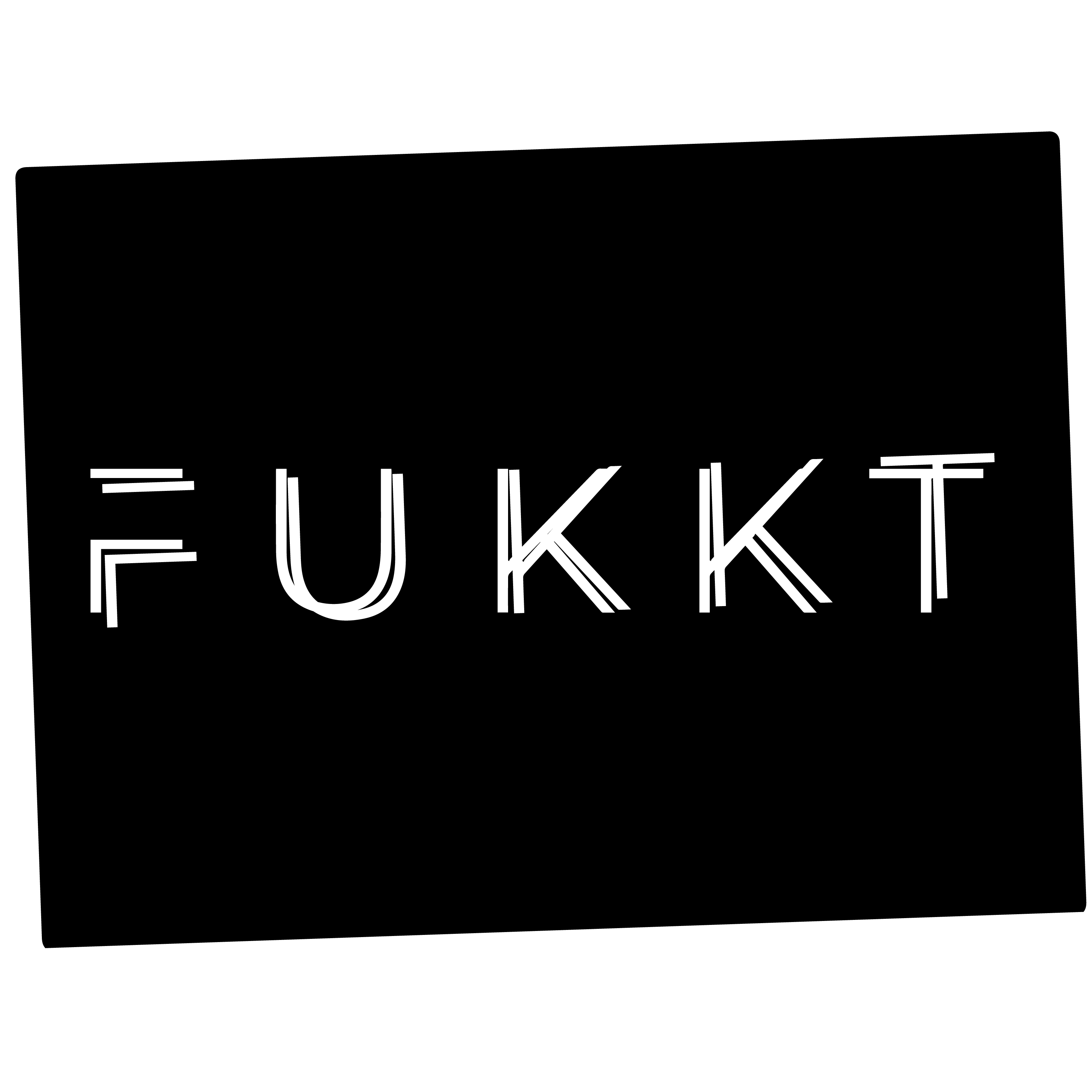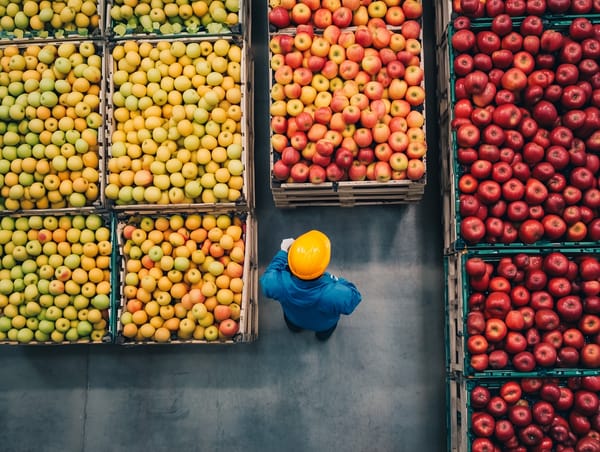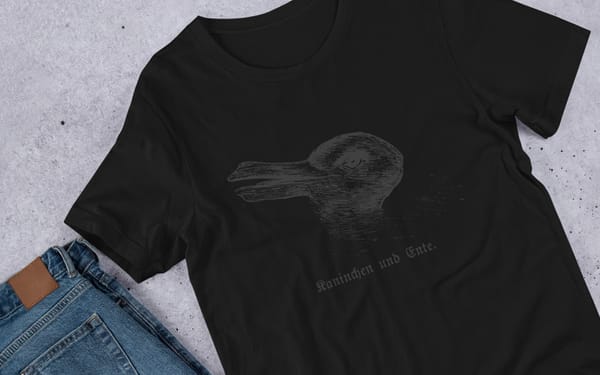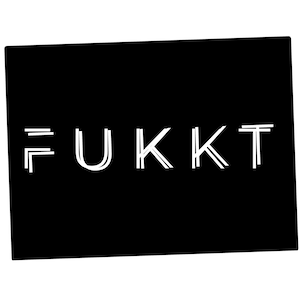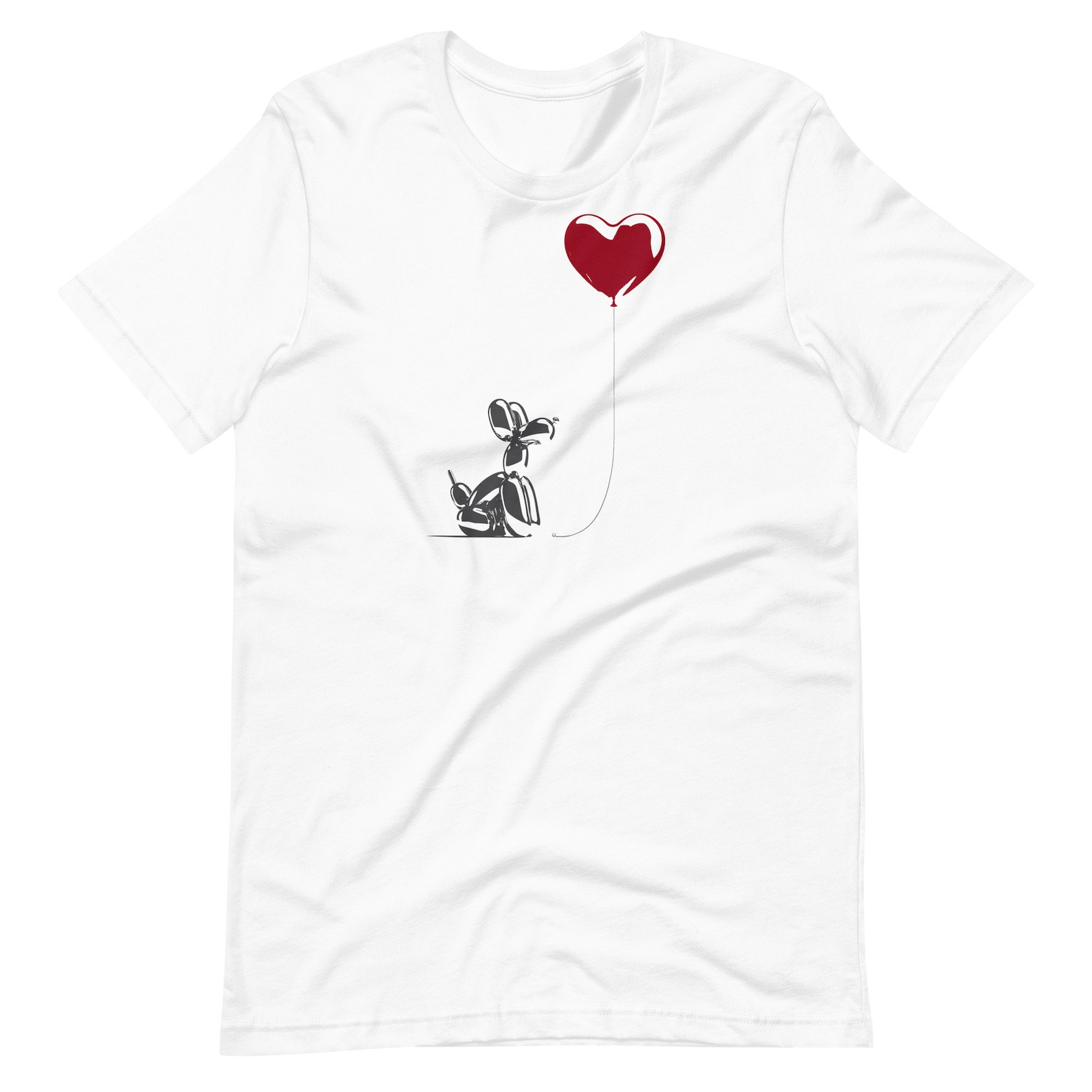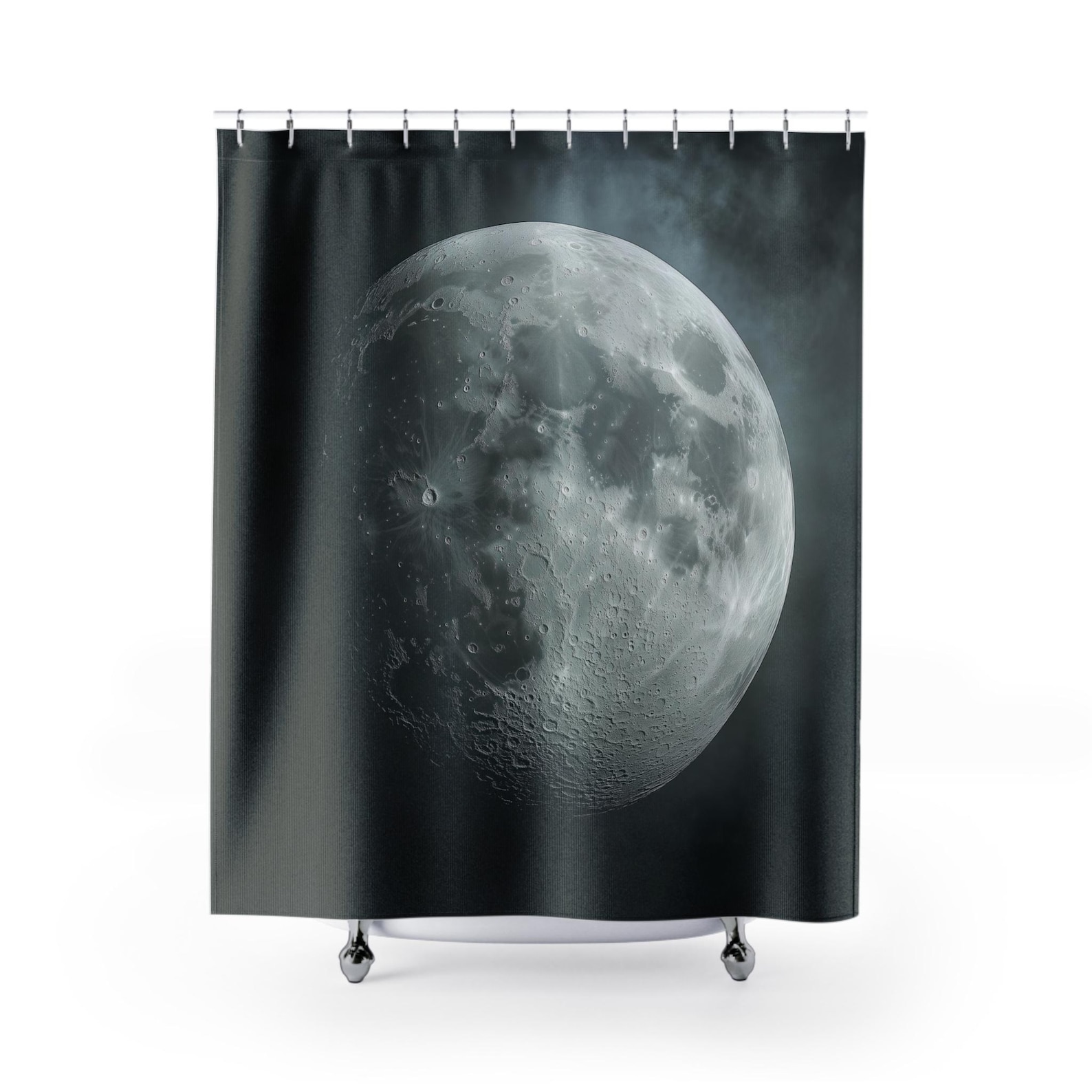The search for the perfect cutting board: A journey through imperfections
Choosing the right cutting board can feel like an endless search for the perfect balance between durability, safety, and eco-friendliness. After exploring various materials and options, I discovered that each type has its flaws, leading me to make a practical, albeit imperfect, decision.
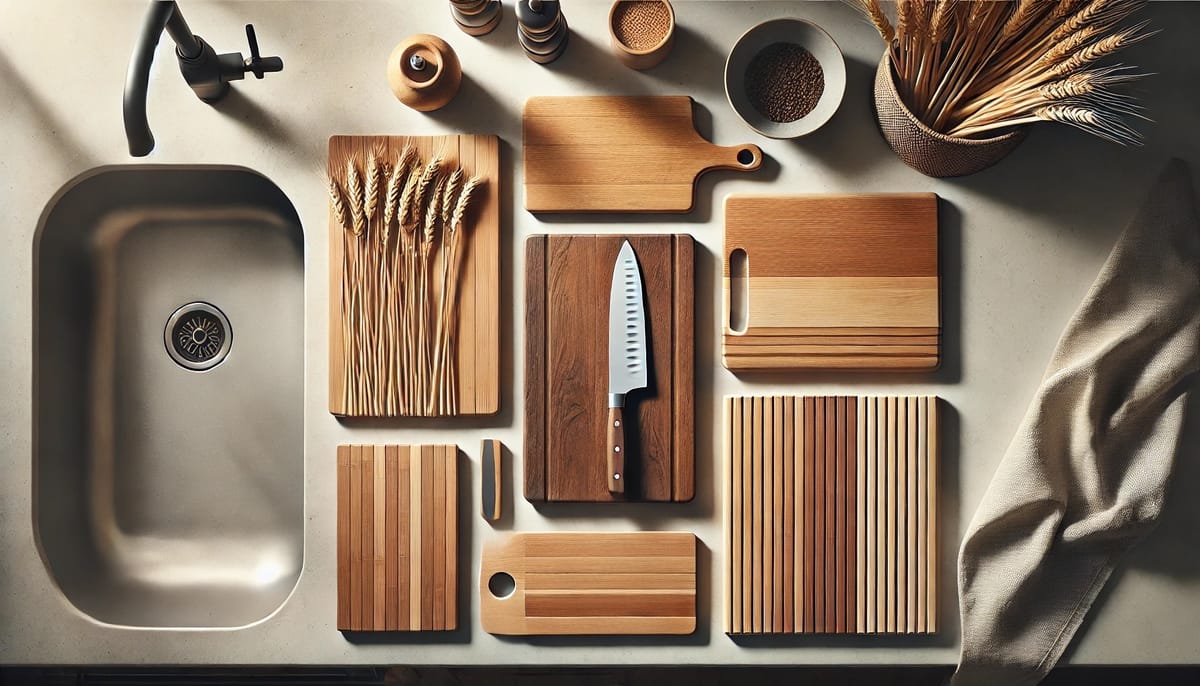
Navigating the imperfections of cutting boards to find a practical, eco-friendly solution for everyday use.
Exhausted from research
Finding a practical, eco-friendly cutting board can be overwhelming, especially when every option seems to come with drawbacks. After much research, I ultimately purchased the Raj Wheat Fiber Cutting Board on Amazon. This decision reflects my criteria and priorities: finding something affordable and not too precious to replace after accumulating wear and tear. While this isn’t an endorsement, I chose this board based on functionality, eco-friendliness, and price. Time will tell if it lives up to these modest expectations.
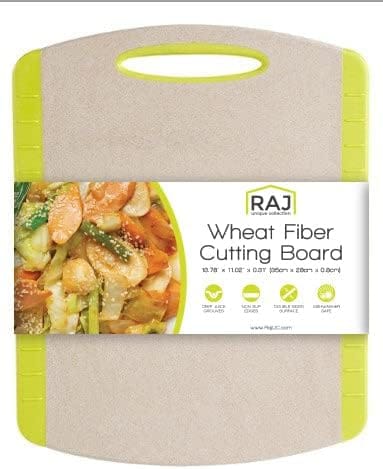
The certainty of knife grooves
It seems there is no such thing as the perfect cutting board. Trying to find one feels like a modern, first-world problem. For old-school chefs and cooks, wood cutting boards were (and might still be) the go-to choice. These boards would break in, develop character, and supposedly kill bacteria more effectively than those made from other materials. Every cutting board material has its drawbacks, and while the choices are vast, none emerge as flawless. Whether it's plastic, wood, glass, or metal, each option presents its own challenges — leaving us to weigh our options and choose what suits us best for the moment.
All cutting boards will eventually show knife grooves or scratches. The marks left behind are unavoidable, a sign of use that can’t be escaped no matter how careful we are. The real issue isn't the grooves themselves but what comes after. Does the material harbour bacteria? Is it durable? Does it damage the knives? Or worse — could it be harmful to us?
The problem with plastic
Plastic cutting boards was an early contender for many, but ultimately, they didn’t pass the test for me. The anxiety over microplastics, the potential for larger plastic particles to end up in food, and the thought of plastic breaking down over time made it a worrisome choice. I prefer to avoid materials that introduce uncertainty into something vital to preparing food. For these reasons, plastic cutting boards quickly left the table as a viable option.
Natural rubber consideration
Some chefs endorse high-grade silicone cutting boards for their flexibility and durability. However, I dismissed this option due to the higher price tag and my desire to make a quick decision without diving into another research rabbit hole. However, I may consider the chef-recommended NoTrax cutting board in the future.
Wood: too precious to dispose of
Wood, a beautiful and often ideal material, seems too precious. Buying a lovely wooden board only to dispose of it after it accumulates knife marks feels wasteful. While wood is highly regarded for resisting bacteria and being gentle on knives, it’s difficult to let go of something that feels so permanent. Wood feels like an investment, not something to use and pitch, which adds emotional weight to the decision.
The danger of glass
Glass cutting boards, while elegant and hygienic, come with the considerable risk of shattering. The sheer number of reports about glass boards breaking into small, dangerous pieces was enough to push this option out of consideration. It’s hard to imagine working in a kitchen where, at any moment, a cutting board could break, scattering shards everywhere — not exactly the peace of mind one looks for while cooking.
Metal and knife dulling
Interestingly, metal cutting boards didn’t fare much better. Yes, they are durable, but many reviews warned that they dull knives faster than other surfaces. For a dedicated home cook, dulling knives faster than necessary is a real downside. Couple that with the fact that no metal option seemed reasonably priced or particularly well-reviewed, and metal cutting boards were another dead end.
Wheat fiber: a balance between functionality and eco-friendliness
This brings me to wheat fiber cutting boards. While they’re not without their problems — being porous, for example — their issues seem less pronounced, especially in low-humidity environments. Wheat fiber boards struck a balance between functionality and eco-friendliness. Despite its environmentally friendly image, bamboo didn’t fare as well in reviews, often criticized for not holding up over time.
Finding a middle ground
I found my way to wheat fiber cutting boards through recommendations for rice husk boards. Unfortunately, many affordable rice husk options still contained plastic, which put me back at square one. After some research, wheat fiber appeared to be a decent option. It’s not perfect — none of them is — but it checks several important boxes: it’s eco-friendly, reasonably priced, and can stand up to regular use, at least for a while, hopefully, a year+.
Knife marks are inevitable
When making the purchase, I accepted that knife marks are unavoidable. The real question became: how long can I live with the cutting board before it needs replacing? This considers price, performance, the board’s ability to resist harmful bacteria, and whether it stays in place. Slipping cutting boards can be a hazard, after all. Ultimately, I decided on a wheat fiber board without juice grooves, acknowledging that it might not be the “perfect” choice, but it’s the right choice for now.
A no-commitment purchase
Time will tell if this “no-commitment” purchase from Amazon proves worthwhile. In the end, maybe the perfect cutting board is less about finding a flawless product and more about finding one that aligns with your current needs — accepting that imperfections are inevitable. Sometimes, the best choice is simply the one that feels good enough for the year ahead, knowing there’s always the option to try something else when the time comes.
